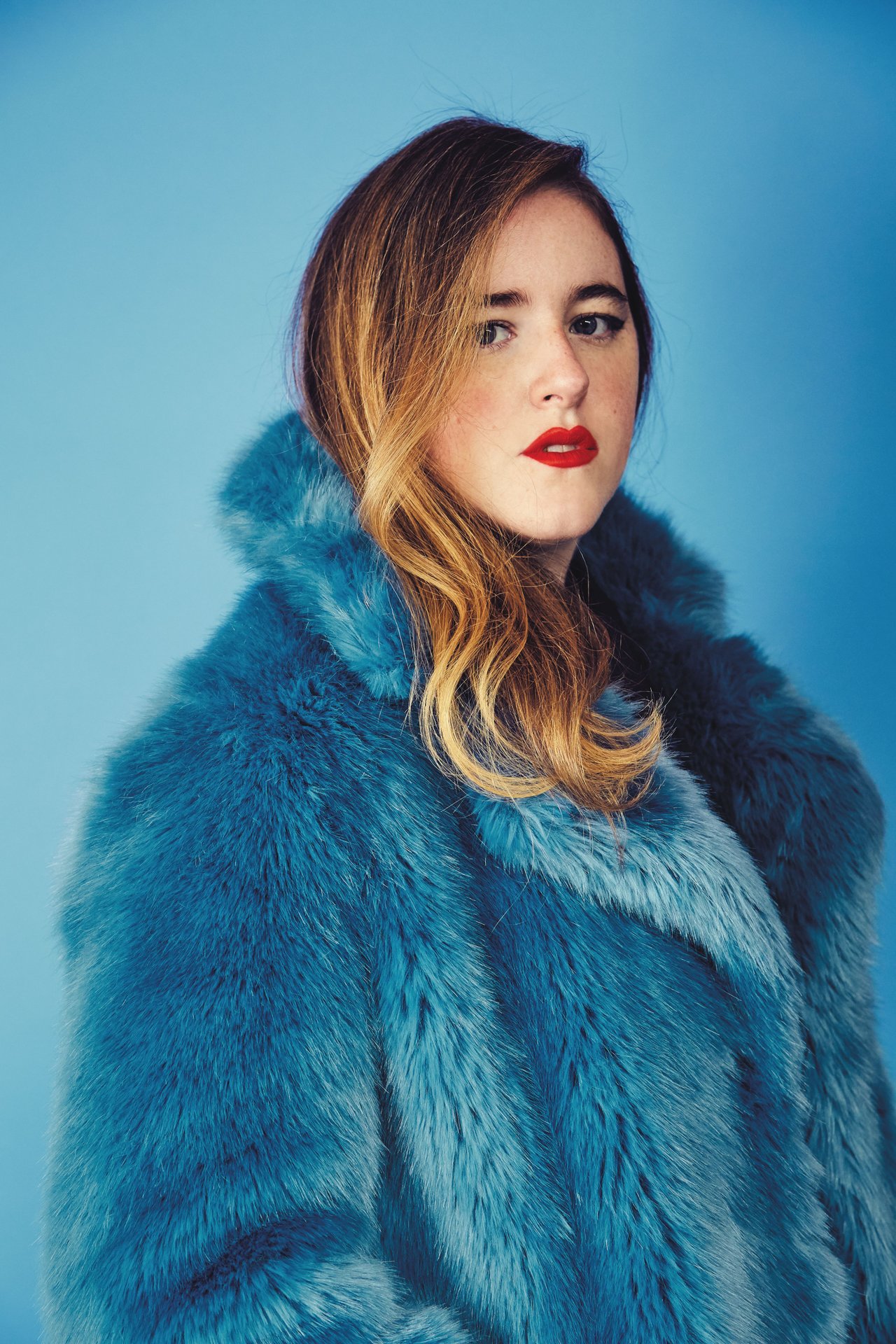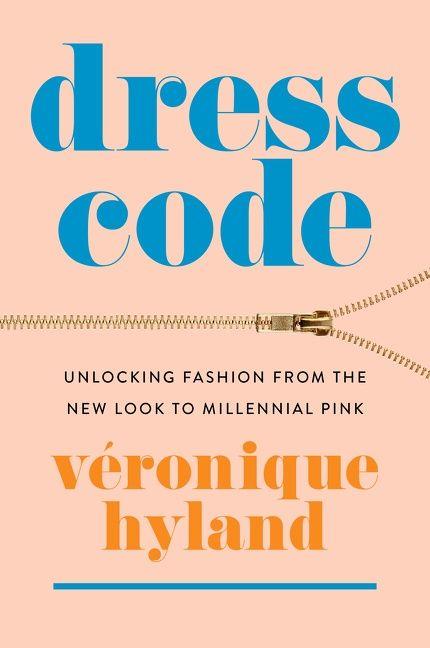What should a person be thinking about when making sartorial choices?
I’m not a proponent of telling people how they “should” dress, but I do think that clothes are our first message to the world, so it makes sense to reflect on what you’re communicating with your look.
How do you define personal chic?
When someone’s personality and spirit come out in what they wear — when clothes complement, rather than drown out, the person wearing them.
What do you say to people who consider fashion frivolous and trivial?
Unlike pretty much every other discipline, you can’t opt out of fashion. As I say in the book, you don’t have to go to the opera or participate in the art world, but everyone has to wear clothes. They’re an art form but also a necessity. I would encourage people who feel that way to examine the internalized sexism that causes them to take things like sports seriously but dismiss fashion. And if they’re still not convinced, well, I have a book to recommend to them!
We’re obsessed with how celebrities and notable people dress. How do you explain this, especially the obsession with female politicians and their sartorial choices?
We’ve always modeled ourselves after others, whether it was peasants emulating the colors royals wore in Michel de Montaigne’s era or people today copying the Hadids’ airport looks. The only thing that has changed is our access to more imagery — and instant documentation — of what famous people are wearing.
This obsession might seem trivial, but it serves as a way to examine social mores. For example, Kendall Jenner recently wore a revealing dress to a wedding, which started a conversation on social media about what constituted proper wedding-guest attire, and the bride even got involved to say she had pre-approved and loved Kendall’s outfit. But a conversation about tradition and female sexuality and body image and female competition grew out of that one celebrity fashion moment.
As for our interest in politicians, as we see more women entering politics and the Congressional dress code loosening up a bit, we’ve begun to see more creative fashion statements on the Beltway. Politicians’ role has also changed — they once were public figures mainly for their constituents, and now if you think about people like AOC or Bernie Sanders, their impact has gone way past just the communities they serve. Politicians have to be more like influencers now — amassing followings on social media, clapping back to comments the way celebrities do, making us feel like they’re our friends — which is not a trend I love, but I do think it’s contributed to the scrutiny of what they wear and how they present themselves.
You coined the term “millennial pink.” When and how did that happen and how do you rate the significance of it?
In 2016, when I worked at NY Mag, I was talking on Slack with my coworkers about seeing this new shade pop up and how we all had strong feelings about it. I wrote a story about it that I honestly didn’t put too much thought or energy into, but that went super viral.
However, I started to see the original concept get diluted very quickly. The first chapter of the book talks about everything that happened next and how the color came to stand in for, first, a generation, and second, a variety of conflicting corporate and political messages. In terms of my own contribution, I don’t think it was that significant, but it was interesting to see how something so small became magnified in the culture and seeped into all these unexpected precincts. It really underscores the power of aesthetics to shape our opinions.
What is the one thing you want readers to take away from Dress Code?
I hope that it makes them reflect a bit on the subtle choices we make when it comes to self-presentation and how that affects how we interact with others.





